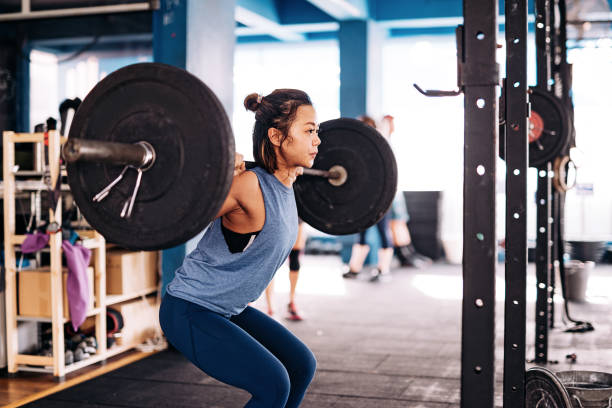Lifting weights is a great way to increase your strength, build lean muscle mass, and improve your overall physical health and fitness. But did you know that lifting weights can also help you burn calories and lose weight? In fact, weight lifting can be just as effective at burning calories as cardio exercises such as running or cycling. In this article, we will explore how many calories are burned lifting weights and how you can use weight lifting to reach your weight loss goals.
First, it’s important to understand how calories are burned during exercise. When you perform any type of physical activity, your body uses energy to fuel your movements. This energy comes from the calories you consume through your diet. The number of calories you burn during exercise is determined by a variety of factors, including your weight, age, gender, and the intensity and duration of your workout.
So, how many calories are burned lifting weights? The exact number of calories burned will depend on the specifics of your weight lifting routine, such as the type of exercises you do, the amount of weight you lift, and the number of sets and repetitions you complete. However, here are some general estimates of the number of calories burned lifting weights, based on a person weighing 150 pounds:
Light weight lifting (with weights that are relatively easy to lift): burns about 100 calories per 30 minutes
Moderate weight lifting (with weights that are moderately challenging to lift): burns about 150 calories per 30 minutes
Heavy weight lifting (with weights that are very challenging to lift): burns about 200 calories per 30 minutes
One way to estimate the number of calories burned while lifting weights is to use a calories burned calculator or a fitness tracking app. These tools use your weight, age, and the intensity and duration of your workout to estimate the number of calories burned. While these tools can be a useful way to get a general idea of how many calories you’re burning, it’s important to keep in mind that they are only estimates, and the actual number of calories burned may be different.
So, how many calories can you expect to burn while lifting weights? Here are some rough estimates based on your weight and the intensity of your workout:
At a moderate intensity (e.g. lifting weights at a moderate pace for 30 minutes), a person weighing 150 pounds might burn around 112 calories.
At a high intensity (e.g. lifting weights at a high intensity for 30 minutes), a person weighing 150 pounds might burn around 168 calories.
Keep in mind that these are just rough estimates, and the actual number of calories burned may be different for you.
Now, let’s take a closer look at some of the factors that can affect the number of calories burned while lifting weights:
Weight: As you might expect, the more you weigh, the more calories you’ll burn while lifting weights. This is because your body has to work harder to lift and move heavier weights.
Intensity: The intensity of your workout can also have a big impact on the number of calories burned. High-intensity workouts, such as lifting weights at a fast pace or using heavier weights, will burn more calories than moderate-intensity workouts.
Duration: The longer you lift weights, the more calories you’ll burn. If you’re looking to maximize the number of calories burned, try to work up to longer workouts over time.
Muscle mass: People with more muscle mass tend to burn more calories while lifting weights, as well as at rest. This is because muscle tissue requires more energy to maintain than fat tissue. So, if you have a higher percentage of lean muscle mass, you may burn more calories while lifting weights than someone with less muscle mass.
Another way to use weight lifting for weight loss is to focus on building lean muscle mass. As we mentioned earlier, weight lifting can help you build lean muscle mass, which can increase your metabolism and help you burn more calories throughout the day. By building more muscle, you may find it easier to lose weight and keep it off over the long term.
It’s also worth noting that lifting weights can have a lasting effect on your metabolism, even after your workout is over. This is known as the “afterburn effect,” or excess post-exercise oxygen consumption (EPOC). Essentially, your body continues to burn calories as it works to repair and rebuild muscle tissue after a weightlifting session. The afterburn effect can help to boost your metabolism, which can lead to additional calorie burn over the course of the day.
So, to sum up, the number of calories burned while lifting weights can vary widely based on your weight, the intensity of the workout, the duration of the workout, and your muscle mass. While it’s not always easy to pinpoint the exact number of calories burned, lifting weights can be an effective way to boost your metabolism and burn calories in the short term and long term.

 Home
Home Health
Health Diet & Nutrition
Diet & Nutrition Living Well
Living Well More
More












